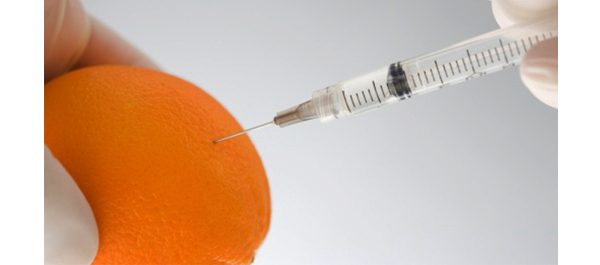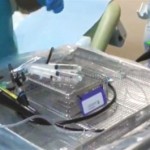Editorial: Botulinum toxin-A for overactive bladder: formulations, dosing and clean intermittent catheterisation
The article by Ravindra et al., in this issue of the BJUI, tries to address an important question of comparing the 2 commonest types of botulinum toxin-A (BTX-A), Ona- and AbobotulinumtoxinA. In their institution they changed from OnbotulinumtoxinA to AbobotulinumtoxinA and thus compared results of their different case series for patients with overactive bladder syndrome. Very few studies have tried to address this issue for botulinum toxin-A use in the urinary tract and to my knowledge there are no head to head studies. The authors found the 2 types of BTX-A equivalent in terms of voiding diary parameters, ICIQ questionnaires, patient reported global satisfaction and duration of effect but noted a significant difference for clean intermittent self catheterisation (CISC) rates (23% OnabotulinutoxinA vs 42% AbobotulinumtoxinA). The dose used for OnabotuliumtoxinA was 200 IU and for AbobotulinumtoxinA was 500 IU initially and then later 300 IU. One must bear in mind some important considerations which limit the impact of the result. Namely the non-randomised, retrospective nature of the study and the fact that the study was not designed or powered to assess the BTX-A formulations in this way. The primary endpoint in this case was a patient reported satisfaction measure indicating that 85% had ‘better’ or ‘much better’ symptoms which I think is a fair reflection in my experience. Furthermore there were significant gaps in data acquisition particularly for voiding diary, PVR and ICIQ data which again is not that uncommon in retrospective studies. No urodynamic data was included which I think may also have been interesting to look at when assessing outcomes and CISC rates.
None the less the study generates some interesting discussion about the formulations, optimal dosing and the dosing equivalence. The study is one of the first to report on the use of AbobotulinumtoxinA at 300 IU as most studies utilised 500 IU. In view of the move to lower doses of OnabotulinumtoxinA to treat refractory OAB of 100–150 IU, this dose seems appropriate. Evidence from a large dose ranging RCT using OnabotulinumtoxinA suggests no further efficacy beyond doses of 150 IU but an increase in voiding dysfunction. Interestingly CISC rates are still high at 300 IU in this study. A recent systematic review tried to assess the 2 formulations in aspects of BTX-A use for various lower urinary tract dysfunction. Due to the heterogenousity of the studies, a lack of standardised or high quality data a direct comparison between the 2 was not formally possible. It was noted that OnabotulinumtoxinA has been studied more extensively compared to AbobotulinumtoxinA and with both formulations CISC rates could be high at the doses used in this study (OnabotulinumtoxinA 43%; AbobotulinumtoxinA 35%). Assessing the compound muscle action potential of the extensor digitorum brevis muscle in healthy volunteers has suggested an AbobotulinumtoxinA to OnabotulinumtoxinA ratio of 1.57:1 (95% confidence interval: 0.77–3.20 units) with the data indicating that a dose-equivalence ratio of 3:1 was just within statistical error limits but ratios over 3:1 were too high. The same author following a review of the literature in treatments outside the urinary tract suggest a ratio of 2–2.5:1 maybe the most appropriate. An animal model of spinal cord injury and neurogenic detrusor overactivity to compare the 2 formulations has recently been published. The minimal effective dose of Abo- and OnabotulinumtoxinA was found to be 10 IU and 7.5 IU, respectively, for significant changes in cystometry.
When should CISC be instigated? Practice seems to vary considerably and thus results difficult to compare. Many clinicians will base CISC decisions on a cut off, typically 100–200 mL or on whether patients are symptomatic with their PVR. Chapple has suggested >40% of the functional capacity as a significant PVR and this to me seems entirely logical. Future studies should consider this as an endpoint regarding CISC.
At present, the decision as to which formulation is used in clinical practice is often based on local pharmacy regulation and financial considerations. Licensing is undoubtedly going to have a significant influence on this practice. OnabotulinumtoxinA is now licensed for use in many parts of the world to treat neurogenic detrsuor overactivity and has recently been approved by the FDA in the USA to treat refractory OAB. At the time of writing this editorial, no formulation is currently approved for refractory OAB in the UK.
Arun Sahai
Consultant Urologist & Honorary Senior Lecturer, Department of Urology, Guy’s Hospital MRC Centre for Transplantation, King’s College London, King’s Health Partners



